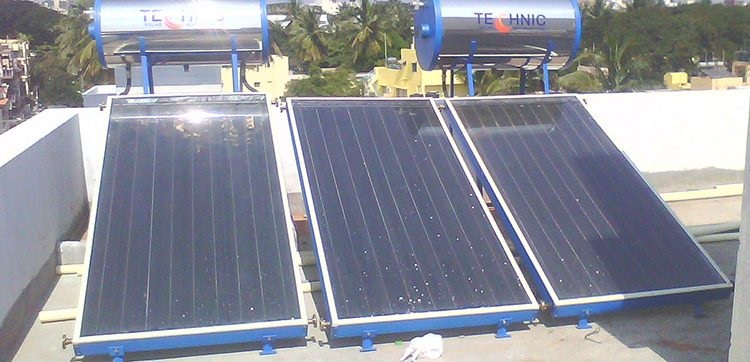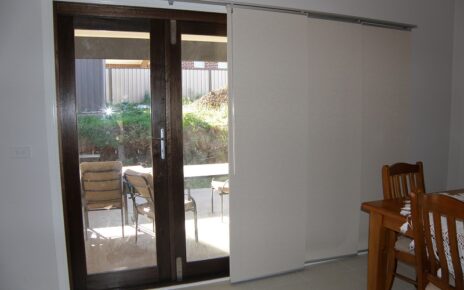Replace your conventional water heater system with a Solar Water Heater system, (ระบบ ผลิต น้ำ ร้อน พลังงาน แสงอาทิตย์, which is the term in Thai) if you want to reduce your carbon footprint or save funds on your electric bill. Your total monthly bill may show that you are actually saving more money than you are paying, depending on your energy use.
There Are Two Main Types Of Solar Water Heaters:
- Active Solar Heating – These systems contain controllers and circulation pumps that are powered by a conventional external energy source, like electricity.
- Sun Passive Heating – You could make the most of these systems to run fans, pumps, and other devices entirely on solar energy.
The following kinds are further categorized as active systems:
1. System Of Direct Circulation
This can be a wise choice if you reside somewhere where freezing temperatures are unusual. These devices contrast the water’s temperature at the bottom and top of the storage tank. The water is circulated using the solar collector, heated, and then returned to the top of the tank when an electronic control senses a substantial change.
Advantages: In warmer climates, this type of heating is typically the most effective.
Cons: The method is not appropriate for regions with frequent cold temperatures.
2. System Of Indirect Circulation (Drain Back Systems)
These systems circulate antifreeze—a heat-transfer fluid—through a heat exchanger. The water receives heat transfer from the solar collector.
Advantages: A wise decision for chilly areas.
Cons: It is less effective than the direct circulation method, but still being effective.
The following categories are used to categorize passive systems:
3. System Integral Collector
Pumps and automated control systems are not used by these systems for water circulation. Additionally, it is not insulated since the water storage and power collection components are merged into a single component (if not, solar heat might not reach water).
Advantages: A very straightforward system is compact with a few elements that might break, but is highly effective.
Cons: In colder climates, night-time heat loss might be troublesome. Not ideal for regions that frequently freeze.
4. System Of Thermosyphon
Pumps and automated controllers are likewise excluded from this system. The storage tank and solar collector, however, are independent. Usually on a roof, the hot water storage tank is placed higher above the solar collector. Water in the storage tank below is heated by the solar collector before rising naturally to the top.
Benefits: The storage tank may be insulated because it is independent from the solar heating system.
Cons: The roof-mounted tank may be ugly.
Solar water heaters have been gaining popularity as a cost-effective option that also helps the environment. There are just two varieties available in each of the two primary categories, making it simple to select the option that will work best for you.





